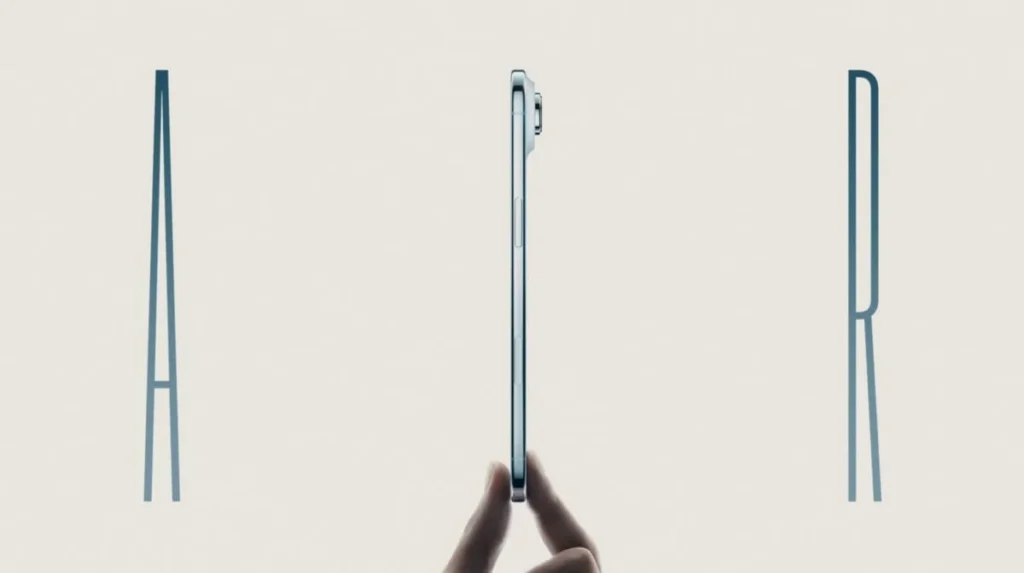Apple reduces iPhone Air production: the thinnest iPhone struggles to attract buyers
Following the commercial setback of Samsung’s Galaxy S25 Edge, Apple now appears to be facing a similar scenario with its ultra-slim smartphone, the iPhone Air.
According to a report from the South Korean media outlet The Elec, citing an analysis by Mizuho Securities, the Cupertino company has decided to reduce the production of the iPhone Air by approximately one million units due to insufficient demand.
The thinnest iPhone ever created
Marketed as a feat of engineering, the iPhone Air boasts an ultra-slim design measuring just 5.6 mm thick, making it 19% thinner than the previous titleholder, the iPhone 6 (6.9 mm).
Despite its slimness, Apple has equipped it with a 3,149 mAh battery (or 3,036 mAh depending on the model), promising a full day’s worth of battery life.
The smartphone features a main camera with 48 megapixels but lacks an ultra-wide or dedicated telephoto lens—notes of difference compared to the Pro models.
Its starting price is set at 1,229 euros, with a financing plan over 24 months at 51.21 €/month.
Mixed sales across markets
The report specifies that the iPhone Air sold quickly in China upon its release, yet its reception in Europe and North America has been more subdued.
Various analysts believe the price positioning, close to that of the iPhone 17 Pro, along with the lack of premium features (such as multiple sensors or 120 Hz ProMotion display) limited its appeal.
Apple adjusts production but remains confident
While production of the iPhone Air decreases by one million units, Apple plans to increase production of other models:
- iPhone 17: +2 million units,
- iPhone 17 Pro: +1 million,
- iPhone 17 Pro Max: +4 million.
In total, production of the iPhone 17 lineup is expected to rise from 88 to 94 million units by early 2026—evidence that the series remains a global success, despite the sluggish performance of the iPhone Air.
A concept more than a mass-market product?
Some analysts view the iPhone Air as a commercially released prototype, a sort of proof of concept intended to pave the way for a future foldable iPhone. Bloomberg had previously reported that the iPhone Fold project would be inspired by the design of two iPhone Airs placed side by side, which could explain the extreme pursuit of slimness for this model.
While Apple’s foldable was initially planned for 2026, several leaks now suggest a delay to 2027, as the company continues to work on the hinge mechanism and durability of the flexible screen.




